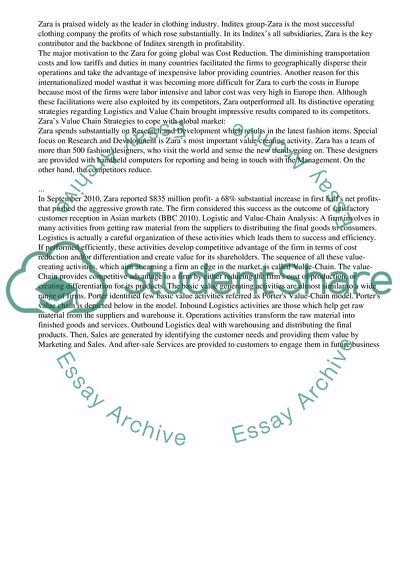Cite this document
(“Zara brand Assignment Example | Topics and Well Written Essays - 2750 words”, n.d.)
Retrieved from https://studentshare.org/business/1393158-international-business
Retrieved from https://studentshare.org/business/1393158-international-business
(Zara Brand Assignment Example | Topics and Well Written Essays - 2750 Words)
https://studentshare.org/business/1393158-international-business.
https://studentshare.org/business/1393158-international-business.
“Zara Brand Assignment Example | Topics and Well Written Essays - 2750 Words”, n.d. https://studentshare.org/business/1393158-international-business.


